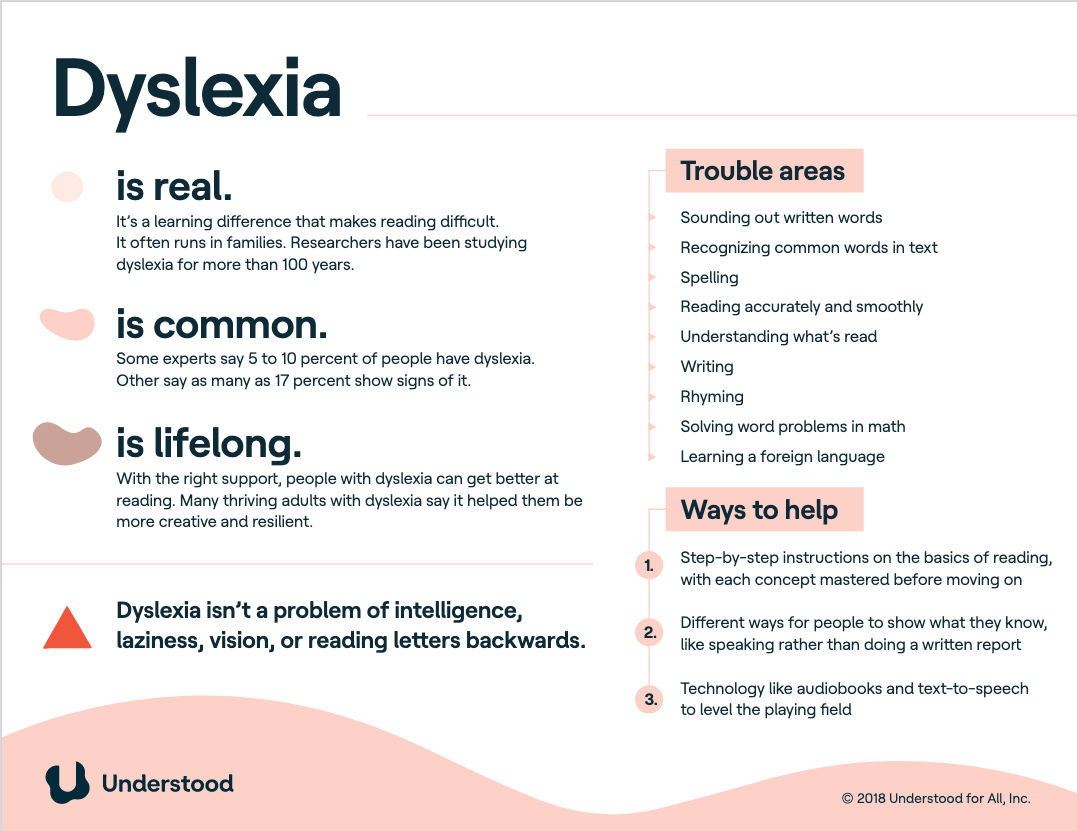 When Julie Lythcott-Haims served as a dean at Stanford, she found that many students relied upon parents to handle the run-of-the-mill stuff of life for them. Meanwhile, members of the Millennial generation more broadly were going on record as not knowing how to be adults, not wanting to be adults and finding adulthood scary.
When Julie Lythcott-Haims served as a dean at Stanford, she found that many students relied upon parents to handle the run-of-the-mill stuff of life for them. Meanwhile, members of the Millennial generation more broadly were going on record as not knowing how to be adults, not wanting to be adults and finding adulthood scary.
“Millennials self-identified as struggling,” Lythcott-Haims said. The malaise prompted her to write “Your Turn: How to be an Adult,” a guide for burgeoning grown-ups. The book explores how and why contemporary young people are so jittery and, most important, what they (and the rest of us) can do to make adulthood attractive rather than an inevitable bummer.
In “Your Turn,” Lythcott-Haims—herself a recovering helicopter parent—speaks directly to young people who may be struggling. But implicit in her guidance for young adults is advice for their parents, teachers and coaches.
Her advice to parents comes in many forms. First, she advises them to resist reproaching their offspring for being fearful or hesitant about entering adulthood. “You can’t blame them for the childhood they had,” she said. Young people need to hear that their parents believe in them. She also encourages parents to look inward, with the help of a therapist, if necessary, to investigate why they’d rather take heroic measures to help their children achieve than allow their kids to figure it out for themselves.
Parents also should do all they can to encourage self-reliance. This comes naturally at first: when a toddler begins to walk, most parents stand back and clap, applauding those early independent steps. The trick is to maintain that attitude as children age. Lythcott-Haims identifies three natural domains in which parents can press for greater independence: At home, children and teenagers should be expected to contribute to regular chores; at school, kids must do their own work; and in outside activities, children and teenagers should be learning how to advocate respectfully for themselves with authority figures.
What can parents do who’ve been too enmeshed so far, but who now want to claw back their own lives and spur some independence in their teenagers? Talk to them about the coming change, Lythcott-Haims said. Acknowledge you’ve done too much, and that you recognize it’s time to get out of the way.
“Say it with enthusiasm, not anger,” she added. “It’s a natural part of life.” Then coax them to greater independence by teaching them through these four steps:
Step one: do it for them.
Step two: do it with them.
Step three: watch them do it.
Step four: they can do it alone.
Another tip for parents: “Get a hobby, a friend, a book club,” she said. “Spend some hours every day not focused on your child,” she advised. It will be better for the child and the parent in the long run.
Excerpted from “Four Steps to Coax Young Adults (and Their Parents) to Greater Independence” in KQED’s MindShift. Read the full article online.
Source: MindShift | Four Steps to Coax Young Adults (and Their Parents) to Greater Independence, https://www.kqed.org/mindshift/57944/four-steps-to-coax-young-adults-and-their-parents-to-greater-independence | © 2021 KQED INC
Do you need someone to talk to? To schedule an evaluation or to get advice about your child’s challenges, call or email a CHC Care Coordinator at 650.688.3625 or careteam@testing.chconline.org CHC teletherapy services are available now.




